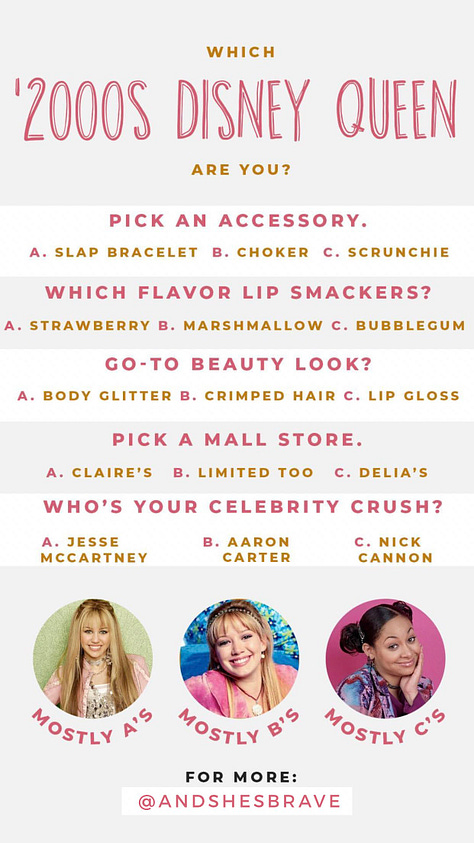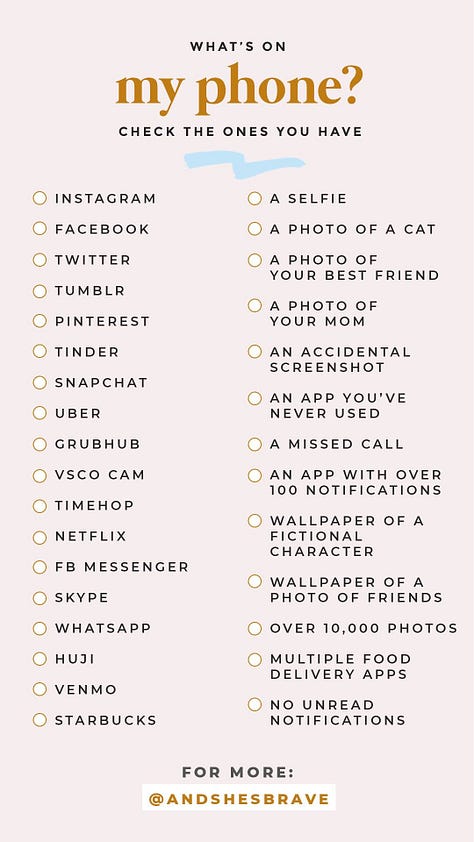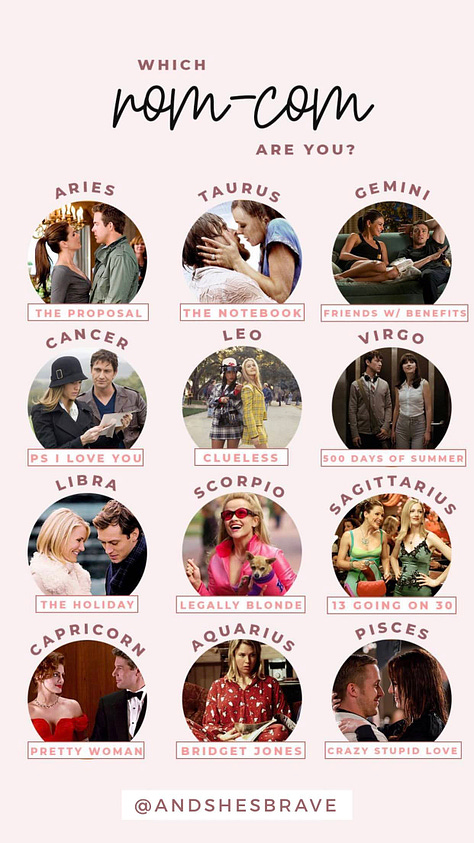Too Much is Never Enough
My decade as a failed influencer.
This email might get too long – click here to view in your browser.
I’m sitting in the backseat of an Uber with my friend, heading home from brunch. As the car makes its slow journey over the Chicago river, I reflexively check Instagram. To my surprise, I’ve gained several followers – like, a LOT of followers.
For the next couple hours, every time I check my phone, there are dozens, if not hundreds, of new followers. I watch as the total follower count on my page ticks up and up and up until finally, finally, with a giddy, manic sense of ecstasy, I watch it tick over the threshold of that coveted number – 10,000 followers.
My initial attempts to understand why I’d been showered with followers were fruitless. For a moment, I’m afraid that I’ve been spammed with bot accounts, but they look real enough. I finally decide to ask a couple of my new followers where they were coming from, and to my utter shock, the answer is – Sarah Hyland?
The Modern Family actress had reposted a “this or that” graphic I’d designed to her multi-million follower audience. I screech. I text my mom. I text my boyfriend. I irritate my visiting friend by chattering incessantly about this as we wander Michigan Avenue.
The year is 2018. I’ve been blogging and posting to Instagram since 2013, though I’ve really only just found a modicum of success (by which I mean – my followers started increasing once I moved to Chicago and had more interesting things to post about).
Around this time, so-called “Story Templates” had exploded in popularity, with people designing little games or quizzes people could answer and repost to their stories. I – a budding and enthusiastic, if untrained, graphic designer – pounce on this trend, spending all my free time designing more and more of them as my follower count starts steadily climbing.



The more I design, the more followers I gain, and the quicker the growth drops off after a new batch are posted. I stay up into the wee hours of the night creating more and more of these things, losing sleep and once even calling in sick to work to stay home and design more. I’m a woman obsessed; the numbers keep going up and up, and it makes me feel great. It must mean that I’m worth something, right?
Virality is a slippery beast, and the more I try to grasp on to it, the faster it slithers away. Like most social media trends, the story template frenzy is short lived. I desperately try in vain to keep up the momentum but it’s no use – the hype cycle has died down, and no one wants to fill out another “this or that” graphic with their pointer finger.




